Impact of Fiscal and Monetary Policies on Global Business
VerifiedAdded on 2023/02/01
|5
|725
|40
Report
AI Summary
This report provides an overview of the global business environment, focusing on the implementation of fiscal and monetary policies to stimulate economic activity. The introduction defines the global business environment and highlights the importance of these policies. The main body of the report delves into the specifics of monetary and fiscal policies, explaining how they influence a nation's economy through money supply, interest rates, government spending, and taxation. The report uses the Australian context as an example, detailing the roles of the Reserve Bank of Australia and the government in implementing these policies to stabilize the economy and promote growth. The conclusion summarizes the impact of these policies on maintaining a balance between public spending and tax rates, aiming to create a stable economic environment for growth. The report includes references to academic sources supporting the analysis.
1 out of 5
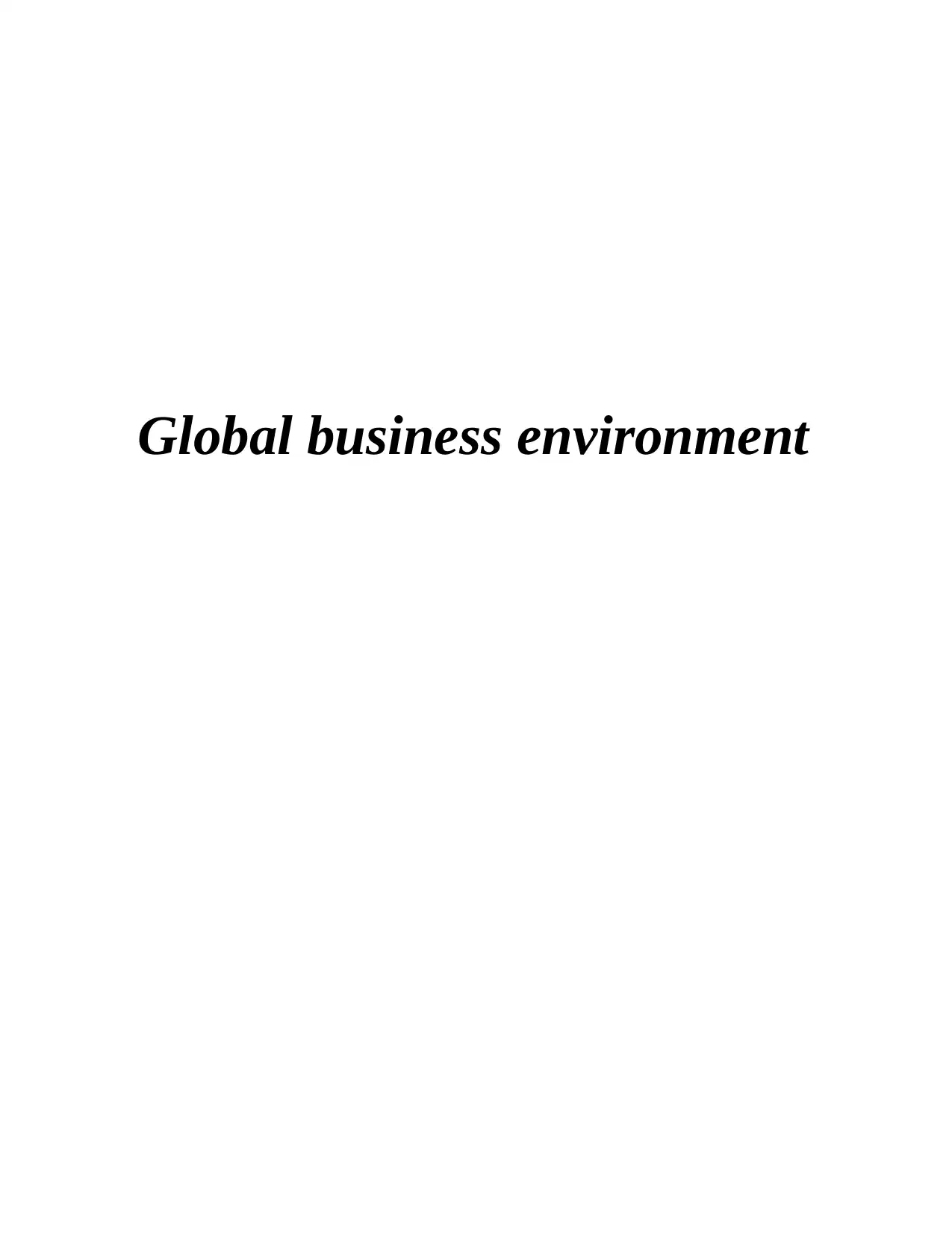
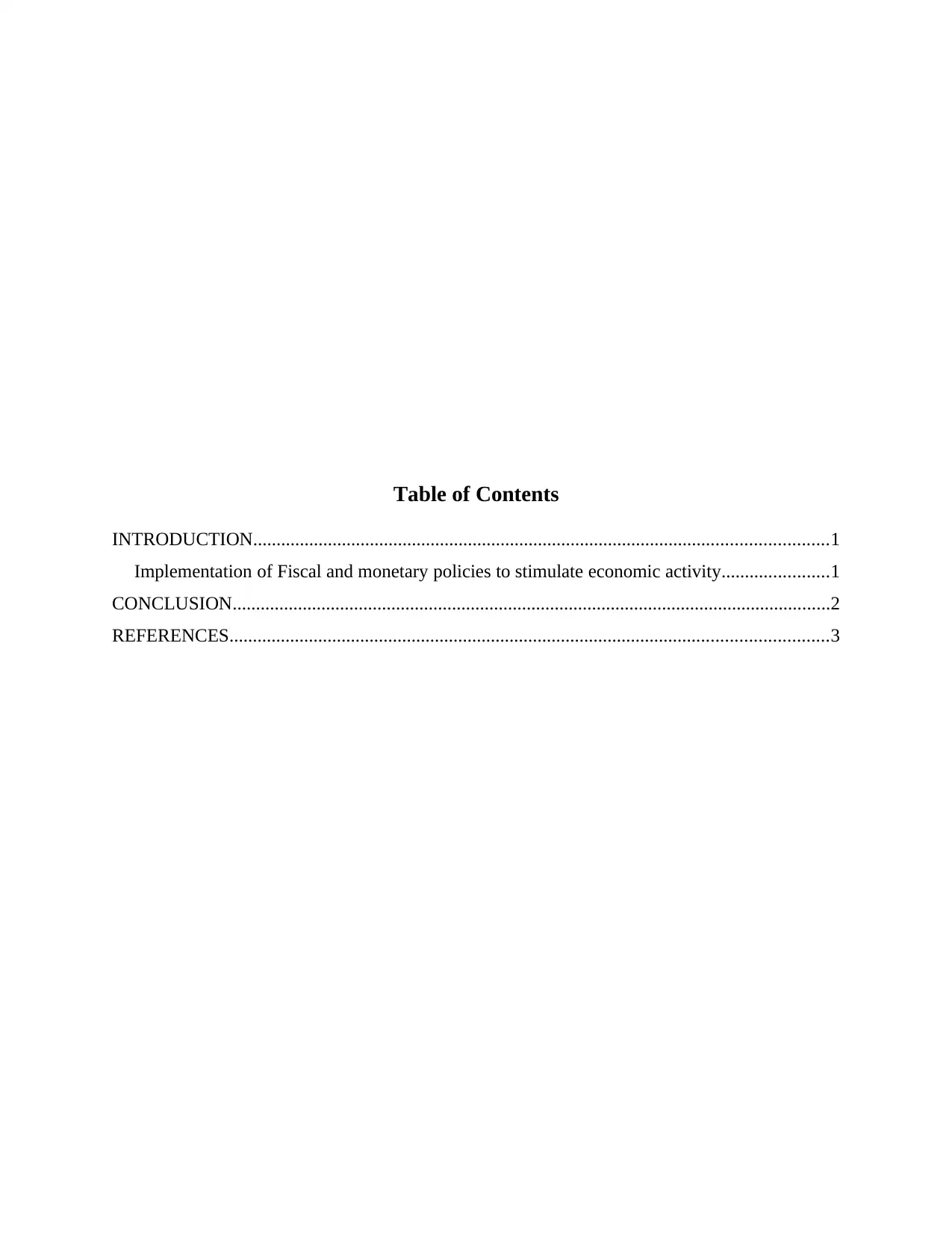
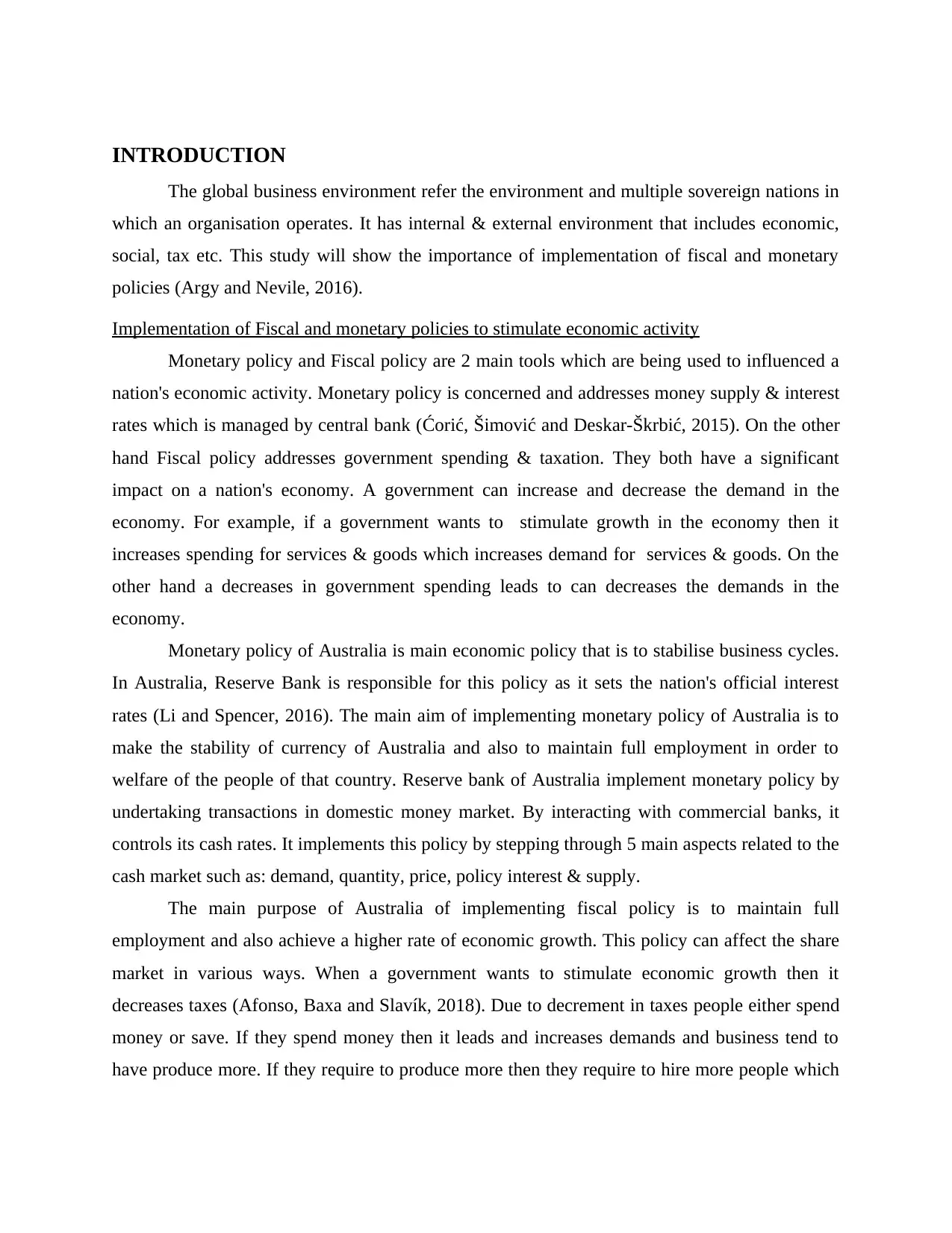

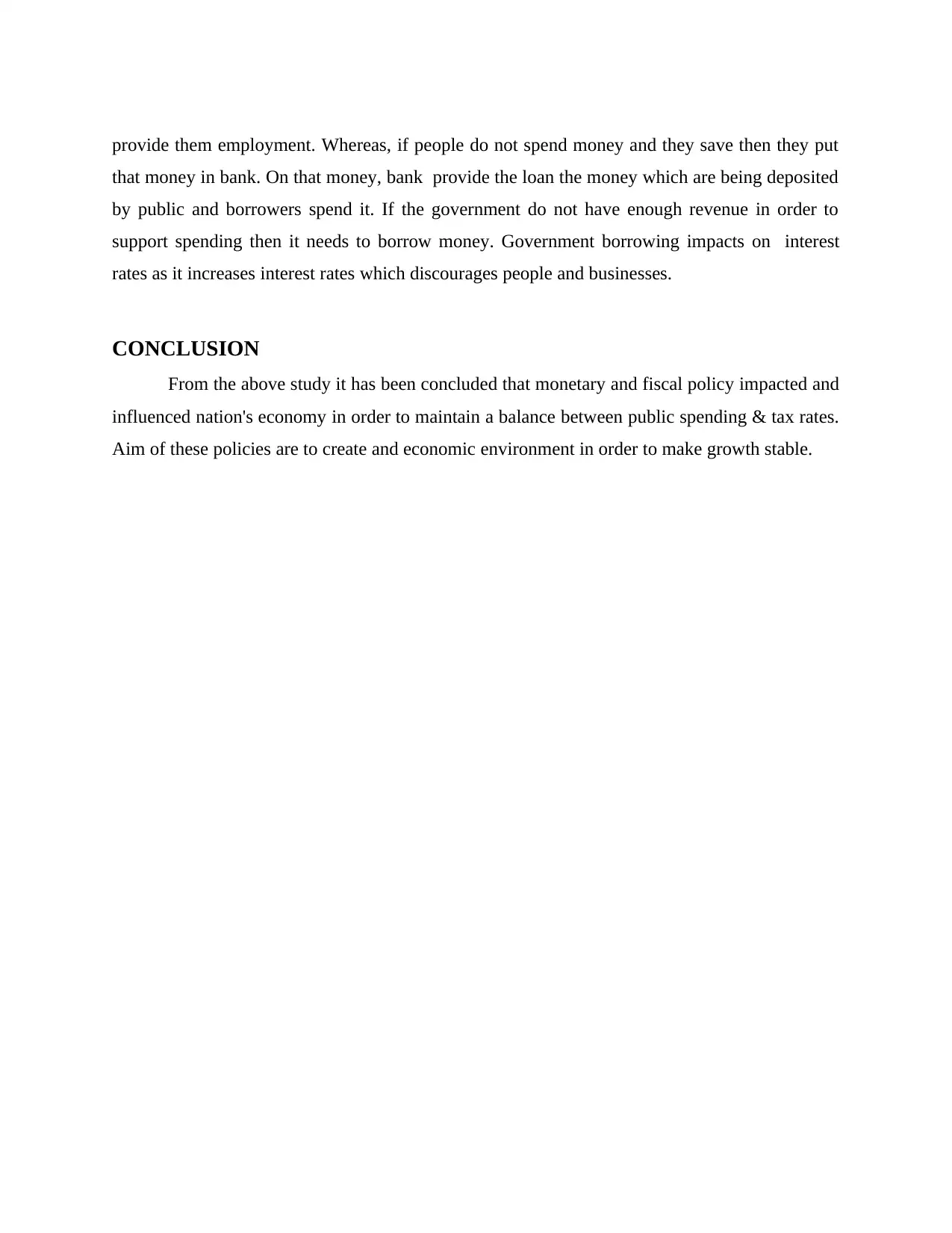
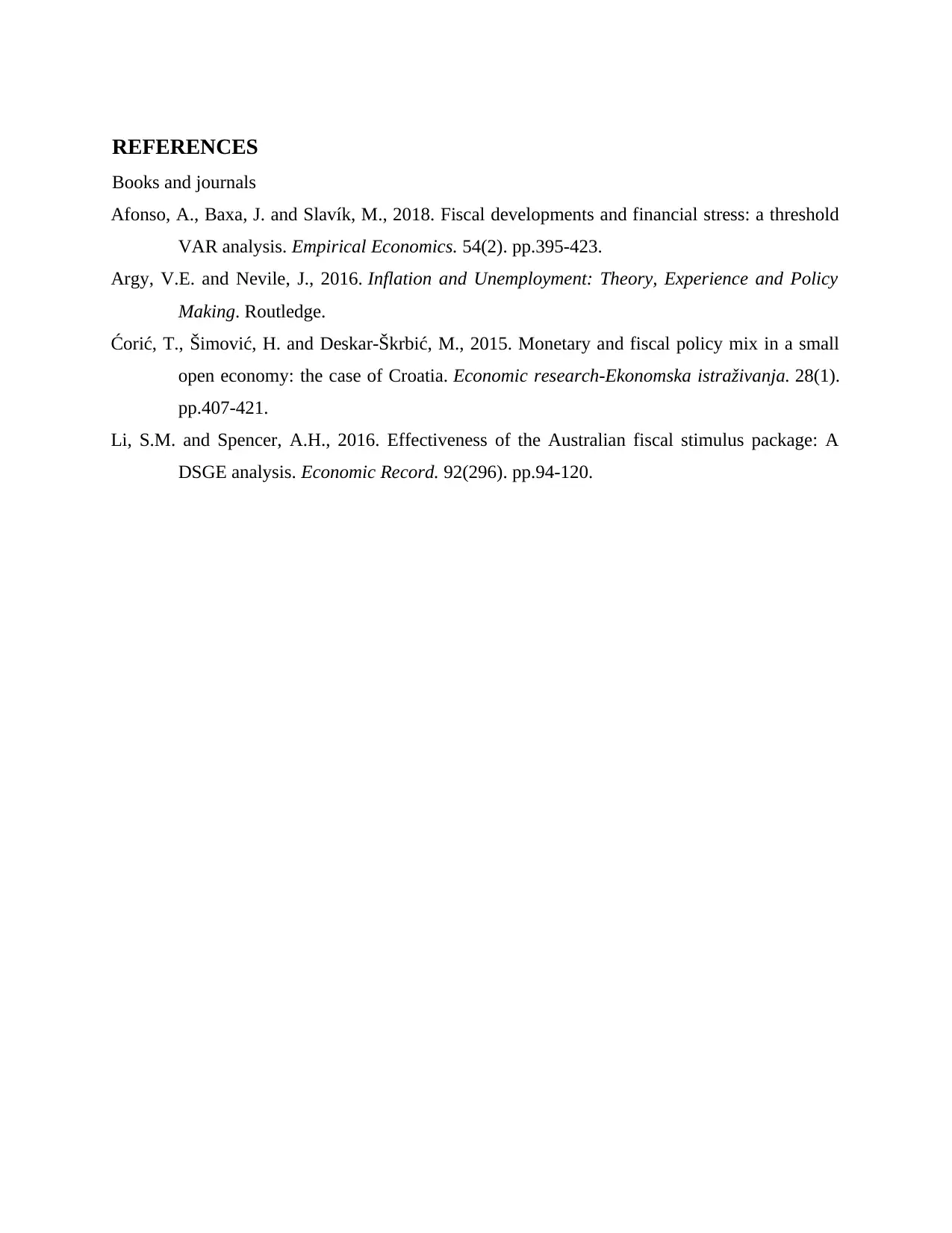






![[object Object]](/_next/static/media/star-bottom.7253800d.svg)